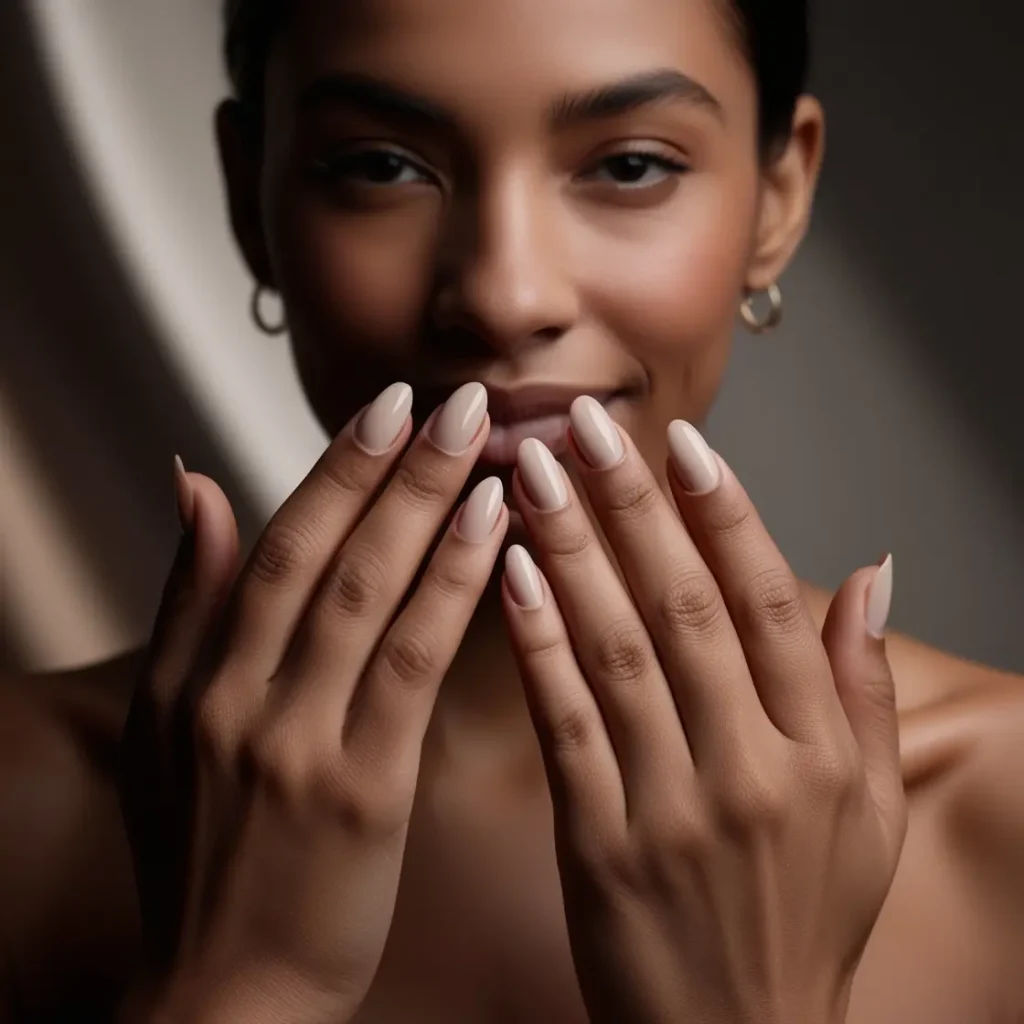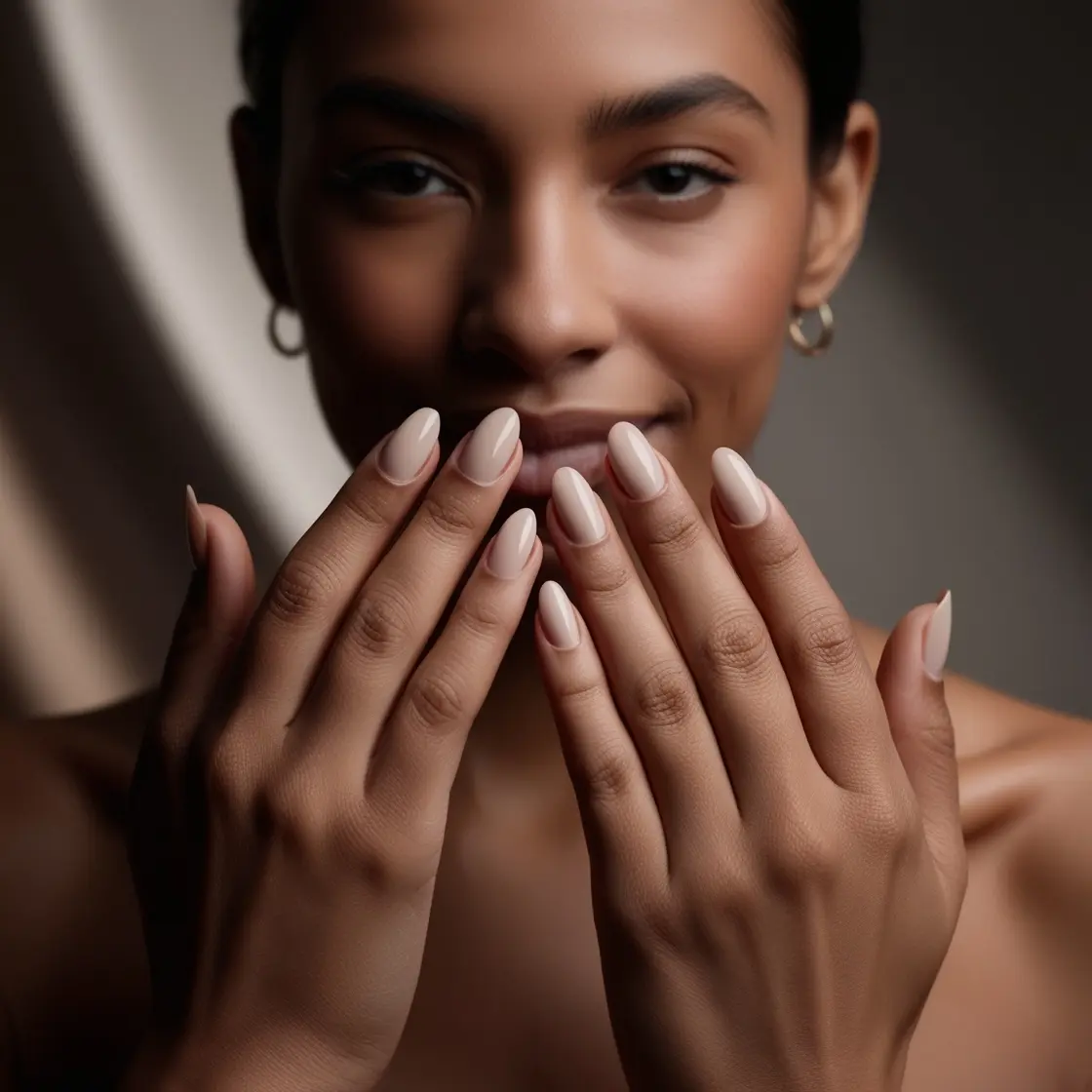
What are nails?
Nails are a complex plate of hardened cells protruding from our finger and toe ends.
However, the part of the nail we see is best the top of the iceberg. Below the floor, plenty is occurring, and our nails are linked as much as the vascular surroundings of blood vessels, gentle tissue, cellular hobby and ligaments.
Our nails also comprise vital clues to our health, reputation, lifestyle, andlifestyle, and recreational behaviour. They might even inform whether we’re stressed.
What are fingernail products?
Fingernails are, on the whole, made from a hardened protein called keratin. Keratin is the equal stuff which makes up hooves, claws and horns in animals. It’s additionally observed in our very own hair and skin.
The formation of a nail starts offevolved out of sight, inside a part of the fingertip referred to as the nail root. This is when the cells with a purpose to, in the end, form the nail plate regularly die, harden, and push out of the skin.2
As the older cells are compacted and pushed out of the pores and skin by the formation of new cells, they take the hardened, flattened form of a fingernail.
What are toenails manufactured from?
Toenails are also fabricated from the tough keratin protein and formed precisely like the nails on our palms.
What are cuticles?
Cuticles are a thin waterproof membrane that seals the nail plate to the fingertip. They are a vital barrier to infections across the nail.
Why can we have nails?
Humans have fingernails because we’re primates, developed from wooded area-residing species.
It’s thought that fingernails are an evolutionary version of claws. Our mammalian ancestors developed far away from claws and toward the huge-tipped fingers we’ve today.3
Broader-tipped palms supported using a sturdy keratin plate had been handier than claws for grasping smaller branches while touring through tree canopies and accumulating fruits. (Look at a monkey’s fingers – their nails are extraordinarily like ours).
How Can I Care for My Nails?
You might need a grownup to help you trim your fingernails and toenails, which may be a little tricky. You can use a nail clipper or a pair of nail scissors. You can use a nail report or emery board to smooth jagged edges, which works like sandpaper.
Fingernails ought to be trimmed immediately throughout and barely rounded on the top. Having nicely trimmed nails can keep you from biting or selecting at them, which may lead to infections. It’s additionally an excellent idea to moisturize nails and cuticles frequently. A little hand lotion or moisturizer will do the trick.
Because toenails are slow pokes (they do not develop nearly as fast as fingernails), they don’twant to be trimmed less often. They must be cut directly across, which can be difficult, so you may need to ask a figure for help.
Most of the time, your nails are purple and healthful; however, on occasion, nails have issues. Some of the most common for children include:
- ingrown nail — when the nail curves down and into the skin, causing ache and, sometimes, an infection
- Nail injury — when you drop something for your massive toe or catch your finger in a drawer. A bruise can also appear underneath the nail, and every so often, the nail falls off. A new one grows in its region.
- Nail deformity — while the nail isn’t always smooth, like a healthy nail. People who chew or select their nails plenty could have this problem. However, it can also manifest if someone has an infection that affects the nail.
- Hangnail — when an unfastened strip of lifeless pores and skin hangs from the edge of a fingernail. Hangnails harm in case you pull them off.
Some of these issues, such as minor nail harm or hangnail, may be treated at home by your mother or dad. However, infections and severe extra nail injuries require medical doctor’s care. Signs of nail contamination include pain, redness, puffiness (swelling), and perhaps some pus.
What Causes the Skin Under Your Fingernail to Overgrow and How to Treat It?
There are several viable motives why pores and skin grow beneath the fingernail. You can pinpoint the motive by considering different signs and trendy nail care habits.
The hyponychium is the skin just underneath the loose edge of your nail. It’s positioned simply past the distal cease of your nail mattress, close to your fingertip.
The hyponychium protects against germs and debris by stopping outside materials from getting underneath your nails. The skin in this area contains white blood cells that help prevent infection.
But from time to time, the hyponychium can overgrow and become thicker. This can make trimming nails painful, and a few people don’t like how it looks.
In this article, we’ll coverdiscuss theauses of overgrown skin under the fingernail and thhowo treat it.
Hyponychium thickening signs
Hyponychium thickening can affect one, a few, or all of the fingers. Possible signs and symptoms encompass:
- hyponychium is connected to the nail as it grows
- thick, light skin underneath the nail
- tenderness
- pain, mainly even when trimming nails
Causes of hyponychium overgrowth
Hyponychium overgrowth could have one-of-a-kind reasons.
Pterygium inversum unguis
Pterygium Universum unguis (PIU) occurs when the hyponychium attaches to the underside of the nail because it grows. It’sAlthough this is an unusual situation,,, it’s a common reason forfor skin overgrowth below the fingernail.
Scientists don’t fully understand PIU. However, they know it may be a gift from birth or obtained later.
The obtained form is most typically associated with autoimmune conditions, including lupus; however, it can also be precipitated with external factors, such as publicity to gel polishTrusted Source.
Psoriasis
Psoriasis is a pores and skin situation wherein skin cells grow too quickly. It can affect any part of the body, including the nails.
Nail psoriasis entails many elements of the nail. In the hyponychium and nail mattress, the pores and skin cells develop excessivelyTrusted Source, inflicting scaling and buildup. This overgrowth is known as subungual hyperkeratosis.
The pores and skin beneath the nail may appear:
- thick
- discolored
- chalky
If the skin becomes very thick, it can motivate onycholysis, separating the nail plate from the nail bed.
Fungal contamination
Another feasible motive is fungal nail contamination, additionally known as onychomycosisTrusted Source
. This happens when a fungus on the skin infects the fingernail. It can thicken both the nail and the skin tissue below it.
Other signs and symptoms of fungal nail contamination encompass:
- white or yellow-brownish discoloration
- deformed nail form
- brittle, coarse nails
- pits or indentations at the nails
- lifted nail (due to thickened pores and skin)
Distal and lateral subungual onychomycosis (DSLO) is the maximum not unusual shape. It begins within the hyponychium and spreads to the nail plate and mattress.
How to Treat an Overgrown Hyponychium
“If it’s because of an overgrowth resulting from lengthy nails, take a break once in a while and preserve quick nails,” Boyce says. “Use cuticle oil or a cuticle remover to soften the thickened pores and skin. If it’s as a result of nail psoriasis or fungal infections, see your dermatologist for a topical remedy.”
Another idea is to try nail biking, a professional-recommended trend that could help improve the health of your nails.
To melt the thickened pores and skin, try using a cuticle remover like the Sally Hansen Nail Treatment 45129 Instant Cuticle Remover ($5) or a cuticle oil like the Orly Argan Cuticle Oil Drops ($15). (You can see some of our preferred cuticle oils right here.)
“Put [the oil] at the hyponychium and gently push it back after you bathe,” says Boyce. By doing this, it is possible to lessen the growth. (When doing this step, apply a cuticle pusher instead of reducing the pores and skin — extra on that under.)
Suppose you can not live without gel manicures. In that case, any other choice is switching to builder gel, in any other case known as BIAB nails. The product adds a layer to the nail and is taken into consideration as safer than everyday gel manicures. “Using a builder gel on top of the nail plate will offer that equal aid that the hyponychium capabilities as, and in some instances you can note some recession of the elongated hyponychium,” Vanessa McCullough says.
I’ve definitely been getting builder gel manicures for the past 3 months, and for the first time, I’ve observed my hyponychium has completely receded on nearly all of my hands. Although I plan to take a spoil next month, inside the destiny I’m going to stay with builder gel on every occasion I get manicures.
The backside line
Your nails provide a photograph of your ordinary health. Changes in your nail coloration or a disruption of their growth can be signs of a clinical condition, negative vitamins, or excessive stress. Talk to your doctor if you’re concerned about current nail adjustments.
Follow that tipsTrusted Source
for excellent nail hygiene:
- Trim your nails often, preserving them briefly.
- If you have longer nails, scrub the bottom
- of them while washing your hands. Use cleaning soap and water every occasion, and don’t forget
- to use a nail brush.
- Sanitize nail grooming equipment before every use
- (and ensure any salon you go to does the same).
- Don’t bite or chunk
- your nails.
- Avoid ripping or biting off hangnails.
- Instead, use a sanitized nail trimmer to take away them.

